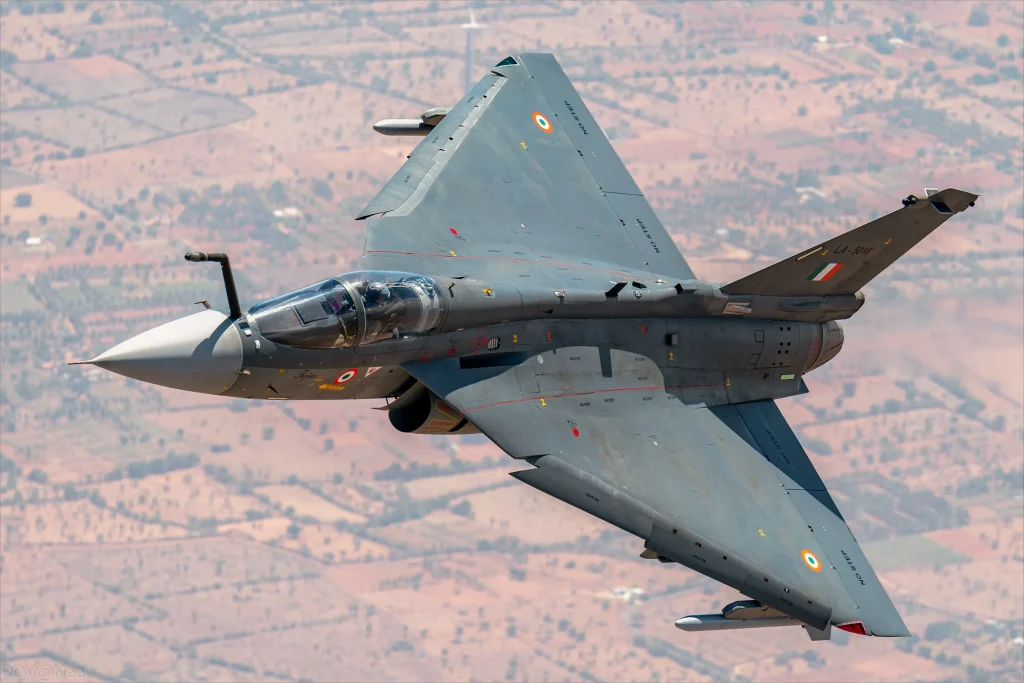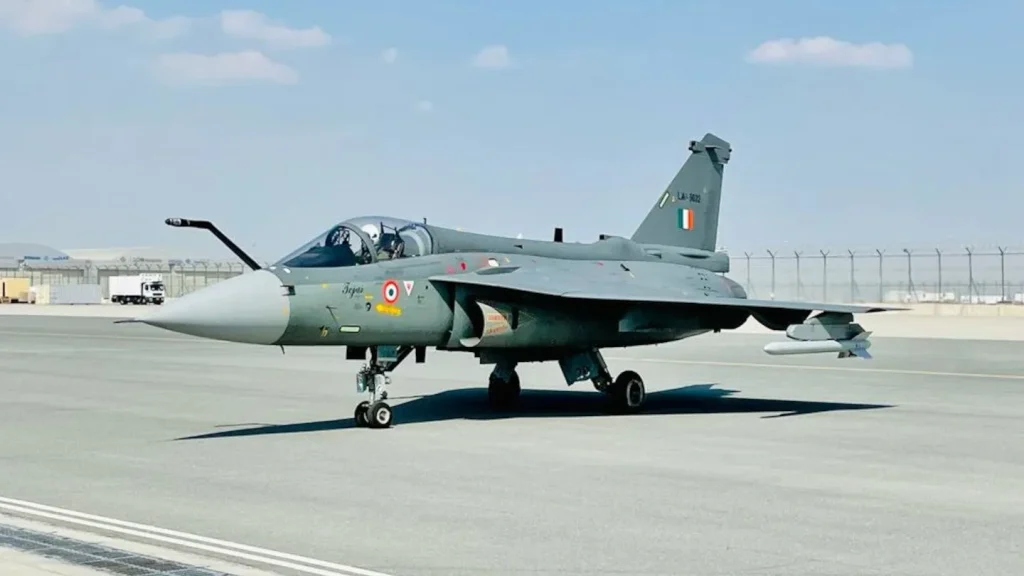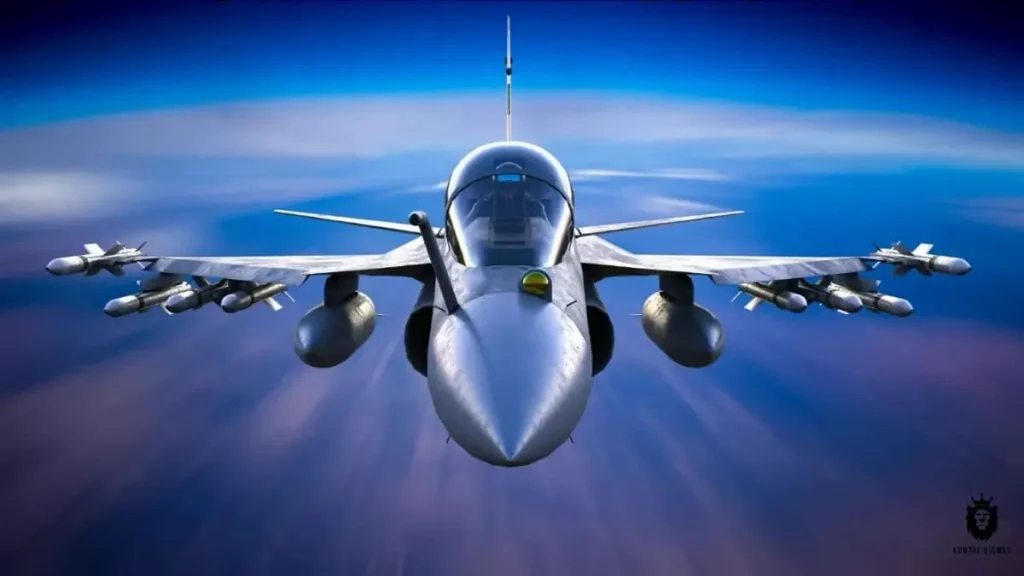The Tejas MkII fighter jet is emerging as a viable option for nations seeking a versatile and affordable defence solution. With countries shifting away from Russia and China due to geopolitical tensions, Tejas MkII offers a compelling alternative with advanced technology at competitive prices.

Key Features of the Tejas MkII
Building on the success of its predecessor, the Tejas MkI, the MkII version is equipped with the powerful General Electric F414 engine, enhanced avionics, and a wider range of weapons, making it suitable for diverse military operations.
Cost-Effective and Low Maintenance
One major advantage of the Tejas MkII is its low operational and maintenance costs, making it a valuable choice for countries aiming to strengthen their air defence without a heavy financial burden.

Indigenous Production Supporting ‘Make in India’
The Tejas MkII is a product of the ‘Make in India’ initiative, featuring high indigenous content. This strengthens India’s defence manufacturing capabilities and offers greater flexibility for buyers in terms of customization and support.
Filling a Gap in the Global Market
With Russian and Chinese fighter jets losing appeal due to sanctions and reliability concerns, the Tejas MkII is well-positioned to capture the international market, competing with South Korea’s FA-50 and Sweden’s Saab Gripen.

Overcoming Export Hurdles
While the Tejas program has faced delays due to supply chain issues, efforts are being made to indigenize components and expedite delivery. The HAL has contracted local firms to address these challenges, further boosting India’s self-reliance in defence production.

Strategic Partnerships and Global Reach
India’s growing diplomatic ties and strategic partnerships, along with its ‘No Strings Attached’ policy in defence sales, make the Tejas MkII an attractive option for several countries. This positions India as a rising player in the global defence export market.
